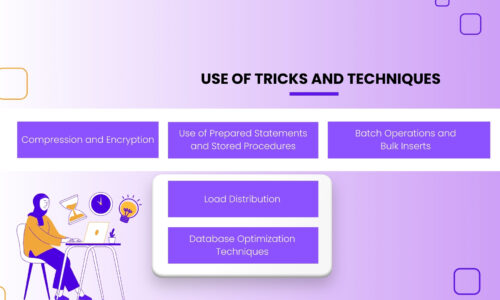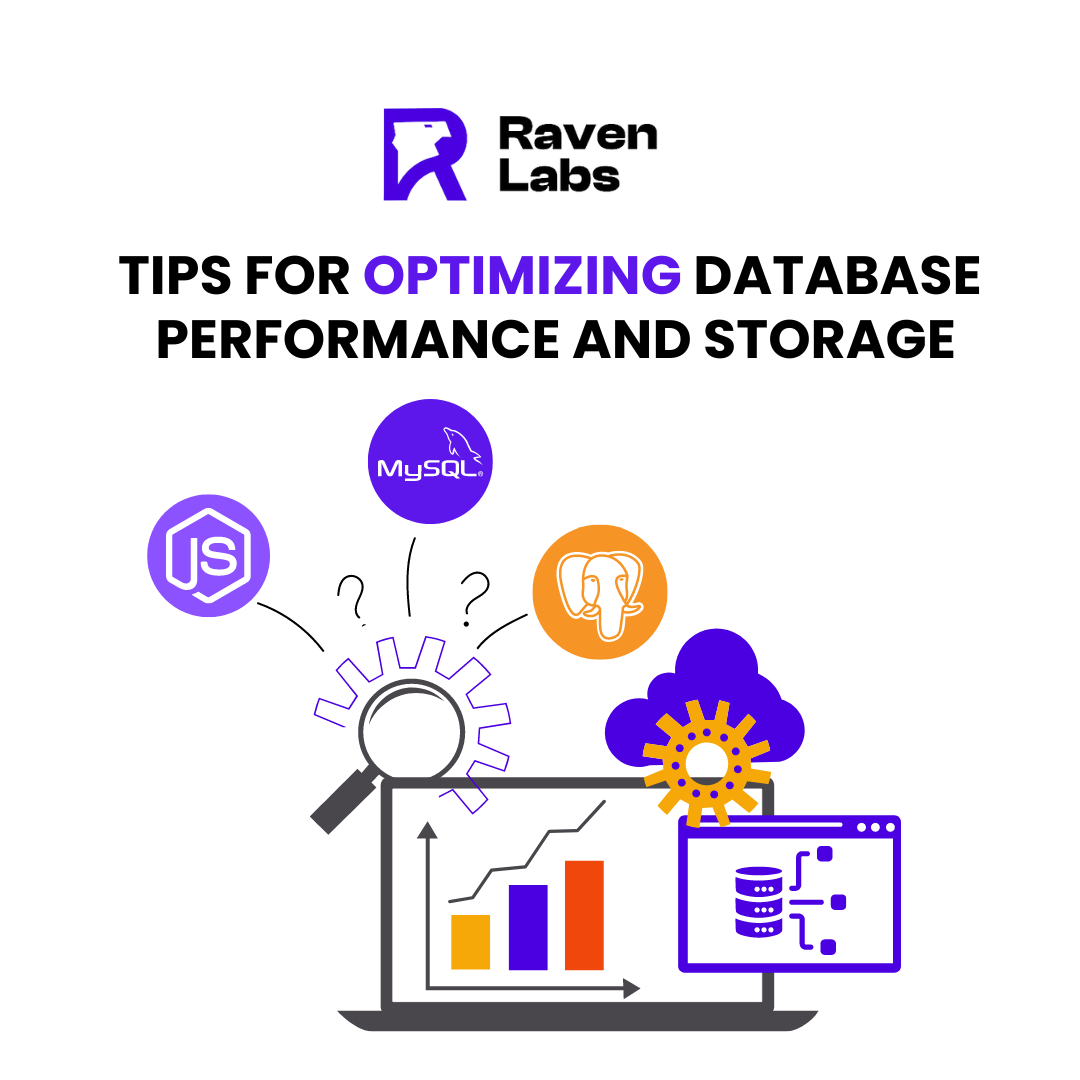Boost Database Efficiency and Reliability with These Optimization Tips

Selecting the Right Database Type: A Strategic Decision
In the realm of modern data management, choosing the appropriate database type is pivotal to the success of any application. Depending on the nature of your data—its structure, size, and usage patterns—you’ll find yourself weighing the merits of relational, non-relational, or hybrid database systems. Each type offers unique advantages tailored to specific needs.
Relational Databases: Ideal for structured and consistent data, relational databases excel in maintaining data integrity through predefined schemas. However, they may encounter performance bottlenecks when handling extensive or complex queries.
Non-Relational Databases: Designed for handling unstructured and dynamic data, non-relational databases offer flexibility but may compromise on consistency and security, especially in transaction-heavy environments.
Hybrid Databases: Combining the strengths of both relational and non-relational models, hybrid databases strive to deliver optimal performance and flexibility. Yet, they often come with higher costs and maintenance requirements.

Designing the Correct Schema: The Foundation of Efficiency
Once you’ve selected the database type, designing an efficient schema becomes paramount. A well-crafted schema acts as the blueprint for your database, defining tables, columns, relationships, and constraints. Adhering to fundamental principles such as normalization, indexing, and judicious denormalization can significantly enhance database performance and storage efficiency.
Normalization: By organizing data into smaller, interrelated tables, normalization reduces redundancy and ensures data consistency across the database.
Indexing: Strategic use of indexes accelerates query execution by swiftly pinpointing relevant data, thereby optimizing database performance.
Denormalization: Introducing controlled redundancy through denormalization can streamline query processing, especially for complex joins, though it requires careful balancing to avoid data integrity issues.

Analyzing Database Performance: Ensuring Optimal Functionality
Database performance directly impacts application responsiveness and user satisfaction. Employing robust analysis tools such as Middleware or Datadog enables thorough scrutiny of query execution plans, resource utilization, and key metrics like response time, latency, and cache hit ratio.
Impact on Application Responsiveness:
A well-performing database ensures that queries are executed efficiently and data retrieval is swift. This directly translates to faster application response times, which are crucial for providing a seamless user experience.
Users expect applications to respond quickly to their interactions, and database performance plays a pivotal role in meeting these expectations.
Utilization of Robust Analysis Tools:
Middleware and Datadog are examples of powerful tools used to analyze and monitor database performance comprehensively.
Middleware typically provides a layer between applications and databases, offering insights into query execution plans, resource usage, and overall system health. It helps in identifying bottlenecks and optimizing SQL queries for better performance.
Datadog, on the other hand, is a monitoring and analytics platform that offers deep visibility into database operations. It tracks key metrics such as response time, latency, cache hit ratio, and resource utilization over time.
Thorough Scrutiny of Query Execution Plans:
Analysis tools like Middleware and Datadog enable database administrators and developers to examine query execution plans in detail.
Understanding how queries are processed by the database engine helps in optimizing indexes, restructuring queries, or redesigning schemas to improve performance.
By identifying inefficient query plans or costly operations, adjustments can be made to enhance query performance and reduce overall response times.
Monitoring Resource Utilization:
Efficient database performance management involves monitoring and optimizing resource utilization such as CPU, memory, disk I/O, and network bandwidth.
Tools like Datadog provide real-time monitoring capabilities, alerting administrators to resource-intensive queries or spikes in usage that could impact performance.
By proactively managing resource allocation and usage patterns, administrators can prevent resource contention and ensure optimal database performance.
Key Performance Metrics:
Analytical tools help in tracking and analyzing key performance metrics like response time (the time taken to fulfill a request), latency (the delay between a request and response), and cache hit ratio (the percentage of data fetched from cache versus disk).
These metrics provide insights into how efficiently the database is serving requests and help in identifying areas for improvement.

Tuning Database Parameters: Optimizing for Efficiency
Fine-tuning database parameters is a crucial task in optimizing the performance and efficiency of a database system. It involves making strategic adjustments to various configuration settings to better suit the workload characteristics and operational environment. Here’s an elaboration on how tuning database parameters can optimize efficiency:
Memory Allocation Enhancements:
Adjusting memory allocation involves allocating more memory to critical components of the database system, such as buffer pools or caches. This helps in reducing disk I/O operations by keeping frequently accessed data in memory, thereby improving query response times.
For example, increasing the buffer pool size in MySQL or PostgreSQL can reduce the need for disk reads and writes, speeding up database operations.
Cache Size Expansions:
Expanding cache sizes, such as query caches or result set caches, can significantly improve performance by storing frequently executed queries or commonly accessed data.
This reduces the time spent on query compilation and parsing, enhancing overall throughput and reducing latency for repeated requests.
Concurrency Level Optimizations:
Optimizing concurrency settings involves configuring parameters related to how the database handles simultaneous transactions and queries.
Adjusting settings such as maximum connections, thread pools, or isolation levels can prevent contention and deadlock situations, thereby improving overall throughput and responsiveness of the database system.
Mitigating Performance Bottlenecks:
By carefully tuning parameters, potential bottlenecks such as CPU usage spikes, disk contention, or network latency can be mitigated.
For instance, adjusting disk write buffers or optimizing indexing strategies can alleviate performance bottlenecks related to disk I/O operations.
Enhancing Overall Efficiency:
The ultimate goal of tuning database parameters is to enhance the efficiency of the database system as a whole.
Efficiency improvements can manifest as faster query execution times, improved transaction throughput, reduced resource contention, and better utilization of available hardware resources.

Use of Tricks and Techniques:
Compression and Encryption: Implementing compression and encryption techniques can significantly reduce the amount of storage space required for your database while also enhancing the security of your data. Compression reduces the size of data stored in the database, thereby optimizing storage utilization. Encryption ensures that sensitive information is securely stored and transmitted, protecting it from unauthorized access.
Prepared Statements and Stored Procedures: Using prepared statements and stored procedures in your database management system (DBMS) improves both security and query performance. Prepared statements parameterize SQL queries, preventing SQL injection attacks by separating data from the query logic. Stored procedures, on the other hand, allow you to execute frequently used SQL queries efficiently on the server side, reducing network traffic and improving overall query execution speed.
Batch Operations and Bulk Inserts: Minimizing the number of database calls and reducing network overhead are crucial for optimizing database performance. Batch operations involve grouping multiple transactions into a single unit, which reduces the overhead associated with each individual transaction. Similarly, bulk inserts allow you to efficiently insert large volumes of data into the database in a single operation, improving performance by reducing the number of insert operations and associated network traffic.
Load Distribution: To ensure optimal performance and scalability, distribute the workload evenly across all nodes in your database system. Load distribution helps prevent bottlenecks and ensures that each node handles a manageable amount of data processing and query execution. Additionally, redirecting heavy reporting tasks to standby or read-only databases can offload the primary database, improving responsiveness for transactional operations.
Optimization Impact: By implementing these best practices for database performance and storage optimization, you can enhance the overall quality and efficiency of your application or system. Improved storage efficiency, enhanced query performance, reduced network latency, and better scalability contribute to delivering superior user experiences and meeting performance requirements effectively.
Conclusion
By focusing on these optimization strategies, organizations can ensure their database systems operate at peak efficiency, supporting seamless data handling and robust application performance. Whether reducing storage overhead through compression and encryption, optimizing query execution with prepared statements and stored procedures, or balancing workload distribution across nodes, these techniques collectively enhance system reliability and responsiveness. Embracing these best practices not only fosters smoother operations but also fortifies data security and scalability, crucial for meeting the evolving demands of modern applications and users alike.
Applying these strategies not only improves the technical aspects of database management but also supports broader goals, such as ensuring data security, scalability, and responsiveness in your application or system architecture. These optimizations contribute to delivering superior user experiences, effectively meeting performance requirements, and maintaining the integrity and availability of your data infrastructure.




